In the process of extracting gold from cyanide compounds, Sodium cyanide is consumed in several ways. Sodium cyanide is the most commonly used leaching agent in gold extraction, and theoretically, only 0.5 grams of Sodium Cyanide is needed to leach 1 gram of gold. However, in most gold cyanidation plants, the actual consumption of cyanide is significantly higher, often exceeding theoretical calculations by 50 to 100 times.
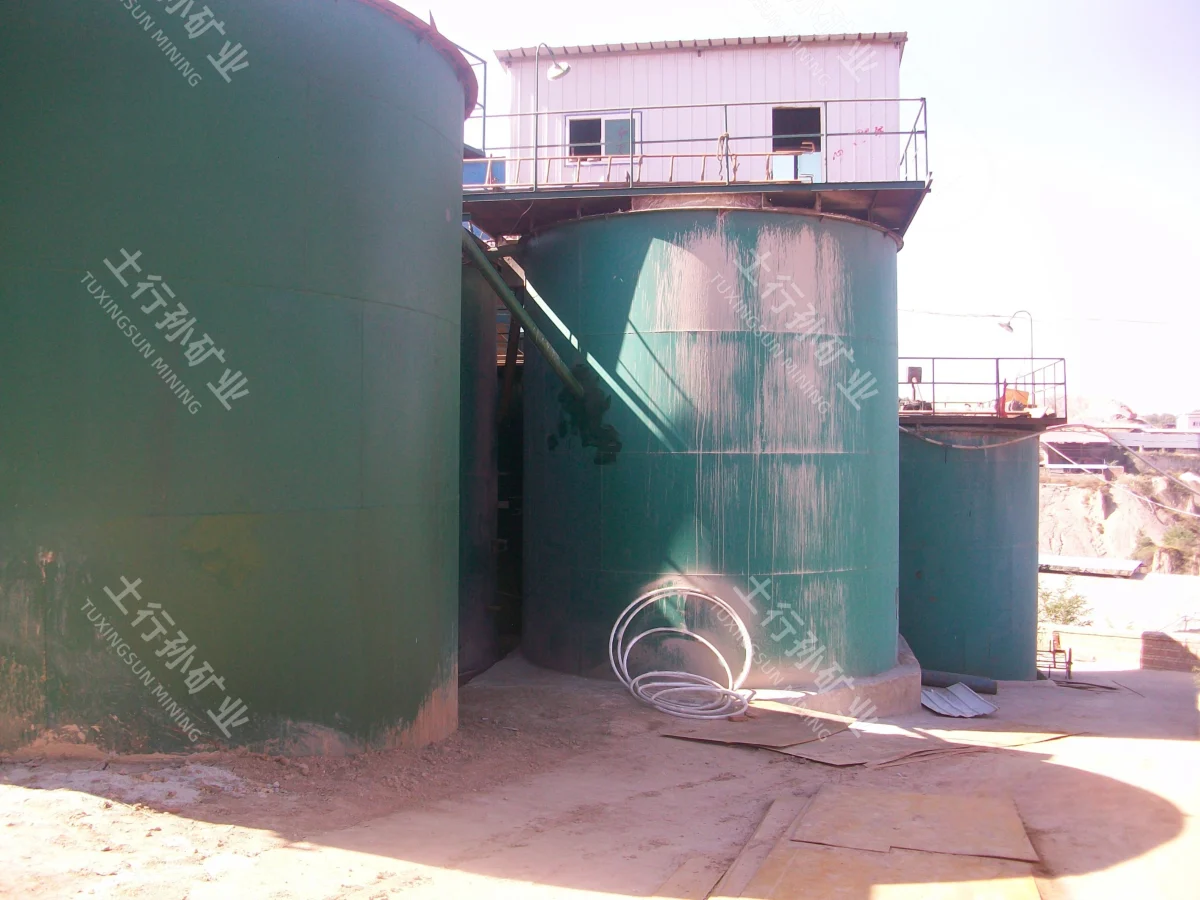
The main factors contributing to the high consumption of cyanide in the gold cyanidation process include:
1. Consumption of Cyanide in the Gold Dissolution Process
Cyanide plants have been using sodium cyanide to dissolve gold from ore in order to recover gold from the leachate. The chemical reactions involved are as follows:
[2Au+4NaCN+O2+2H2O→2Na[Au(CN)2]+2NaOH+H2O2]
[ 2Au+4NaCN+H2O2→2Na[Au(CN)2]+2NaOH]
From electrochemical reactions, it is known that dissolving 1 gram of gold requires the consumption of 0.92 grams of sodium cyanide.
2. Consumption of Cyanide in Reactions with Associated Base Metals
(1) Some gold ores contain associated minerals such as pyrite, magnetite, chalcopyrite, sulfate minerals, hydroxides, and oxides. During the crushing stage, iron powder is generated, which slowly reacts with sodium cyanide, increasing cyanide consumption. The reactions are as follows:
[ FeS2+NaCN→FeS+NaCNS]
[ Fe(OH)2+2NaCN→Fe(CN)2+2NaOH]
[ Fe+6NaCN+2H2O→Na4Fe(CN)6+2NaOH+H2↑]
[ S+NaCN→NaCNS]
(2) If the gold ore contains different types of copper minerals, they will also react with sodium cyanide to form copper cyanide complexes, consuming cyanide in the process. The reactions are as follows:
[ 2CuSO4+4NaCN→Cu2(CN)2+2Na2SO4+(CN)2↑]
[ 2Cu2S+4NaCN+2H2O+O2→Cu2(CN)2+Cu2(CNS)2+4NaOH]
Due to the strong reactivity of sodium cyanide with many copper minerals, generally, 2.3 to 3.4 grams of cyanide are required to dissolve 1 gram of copper.
(3) If the original gold ore contains sphalerite or smithsonite, they will also react with sodium cyanide to form zinc cyanide and carbonates. The reactions are as follows:
[ ZnS+4NaCN→Na2[Zn(CN)4]+Na2S]
[ ZnCO3+4NaCN→Na2Zn(CN)4+Na2CO3]
(4) If the gold ore contains arsenopyrite, mercury, selenium, tellurium, etc., they will also react with sodium cyanide. When the ore body contains carbonaceous rocks, especially those rich in organic carbon, the adsorption of cyanide becomes stronger, making the cyanide leaching of gold more difficult.
3. Hydrolysis of Cyanides
In solution, cyanides undergo varying degrees of hydrolysis depending on the pH, with the amount of hydrogen cyanide produced being related to the alkalinity of the solution. The reaction can be represented as follows:
[NaCN + H2O → NaOH + HCN↑]
[CN⁻ + 2H2O → HCOO⁻ + NH3]
After hydrolysis, a portion of the cyanide generates hydrogen cyanide, while another portion is oxidatively hydrolyzed, gradually producing formic acid and ammonia. At 100°C, CN⁻ loses 50%, and at 130°C, it loses 85%.
In the cyanidation process for gold mining, hydrogen cyanide is a highly toxic gas. If not properly managed, it can lead to increased usage of NaCN, raising production costs, and causing environmental pollution, as well as posing health risks to operators. The amount of HCN produced varies with the pH of the solution: at pH 10.5. only 6.1% of hydrogen cyanide is produced; at pH 10. it increases to 17%; at pH 9.5. it reaches 39.2%; and at pH 9.0. it is 67.1%. Therefore, in gold CIP (Carbon-in-Pulp) plants, the pH is typically adjusted to between 11 and 12 to control the hydrolysis of cyanides.
4. The oxidation of cyanide (CN-) by dissolved oxygen (O2)
To enhance the dissolution rate of gold, both CN- and O2 must be involved in the reaction. At room temperature and pressure, the maximum solubility of oxygen is 8.2 mg/L. The addition of a strong oxidizing agent can increase the concentration of oxygen in the solution, significantly accelerating the leaching process. However, the ratio of oxygen to cyanide must be balanced; otherwise, the leaching rate may decrease. Dissolved oxygen reacts with cyanide to form cyanate, which is stable in alkaline solutions. However, at a pH lower than 7. it hydrolyzes to produce ammonia and bicarbonate. The reaction equations are as follows:
[1/2 O2 + CN– → (CNO)–]
[(CNO)– + 2 H2O → HCO3– + NH3]
Therefore, this reaction may lead to the consumption of cyanide during the leaching or electrolysis processes.
5. Adsorption of Cyanide by Clay
During the cyanidation process, the iron sulfide in the ore generates iron hydroxide, while the silicates in the ore form colloidal silica in an alkaline medium. Both of these substances have a certain capacity to adsorb cyanide, leading to the loss of cyanide along with the leaching residue.
6. Consumption of cyanide by other substances
(1) When the slurry is stirred and filled with air, CO2 will be contained in the solution. CO2 will also react with cyanide.
[2NaCN+CO2+H2O→Na2CO3+2HCN↑]
(2) Sulfide minerals such as pyrite in the original ore react with dissolved oxygen (O2) in the ore pulp, and the resulting sulfites and sulfates will also react with cyanide.
[FeS+2O2→FeSO4]
[FeSO4+6NaCN→Na4Fe(CN)6+Na2SO4]
A small amount of CaO or Ca(OH)2 can be added before leaching to neutralize the acid and prevent the above reaction from occurring.
in conclusion
The above are the 6 aspects of cyanide consumption in the gold cyanidation process. In addition to the cyanide required for the normal dissolution of gold, there are many non-essential consumptions, such us reaction with other associated minerals, self-hydrolysis, etc.
If you have any questions about the above content, or want to know the , you can consult online customer service or submit a message, we will contact you as soon as possible!
- Random Content
- Hot content
- Hot review content
- Manganese sulfate
- Pharmaceutical Intermediate Glycine with High Quality 99%
- Di(ethylene Glycol) Vinyl Ether
- Sodium alpha olefin sulfonate (AOS)
- 99% Animal Feed Additive DL Methionine
- 99.5% Pure Ethylene Glycol Mono Ethylene Glycol MEG EG
- Cobalt Sulfate 98% Brown yellow or red crystal
- 1Discounted Sodium Cyanide (CAS: 143-33-9) for Mining - High Quality & Competitive Pricing
- 2China's New Regulations on Sodium Cyanide Exports and Guidance for International Buyers
- 3Sodium Cyanide 98% CAS 143-33-9 gold dressing agent Essential for Mining and Chemical Industries
- 4International Cyanide(Sodium cyanide) Management Code - Gold Mine Acceptance Standards
- 5China factory Sulfuric Acid 98%
- 6Anhydrous Oxalic acid 99.6% Industrial Grade
- 7Oxalic acid for mining 99.6%
- 1Sodium Cyanide 98% CAS 143-33-9 gold dressing agent Essential for Mining and Chemical Industries
- 2High Quality 99% Purity of Cyanuric chloride ISO 9001:2005 REACH Verified Producer
- 3Zinc chloride ZnCl2 for High Molecular Weight Polymers Initiator
- 4High Purity · Stable Performance · Higher Recovery — sodium cyanide for modern gold leaching
- 5High Quality Sodium Ferrocyanide / Sodium Hexacyanoferr
- 6Gold Ore Dressing Agent Safe Gold Extracting Agent Replace Sodium Cyanide
- 7Sodium Cyanide 98%+ CAS 143-33-9

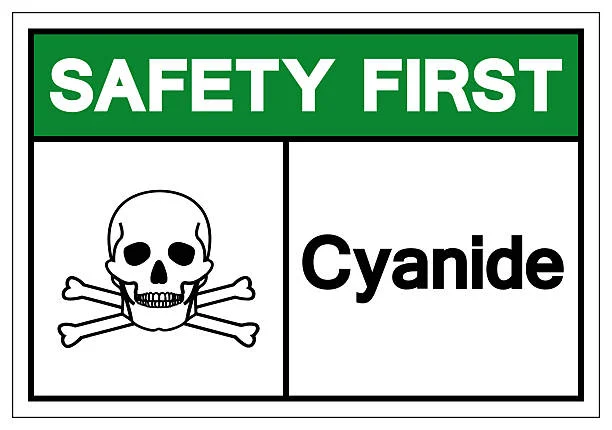
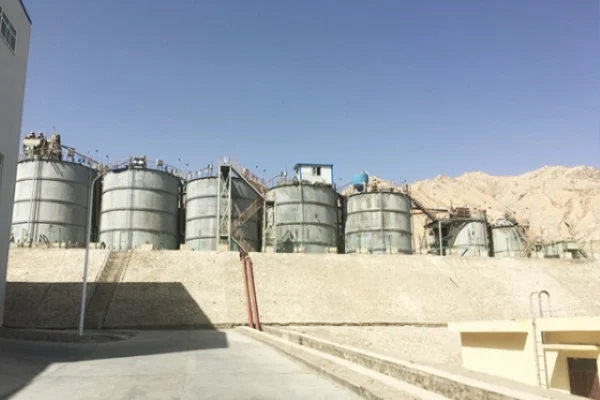
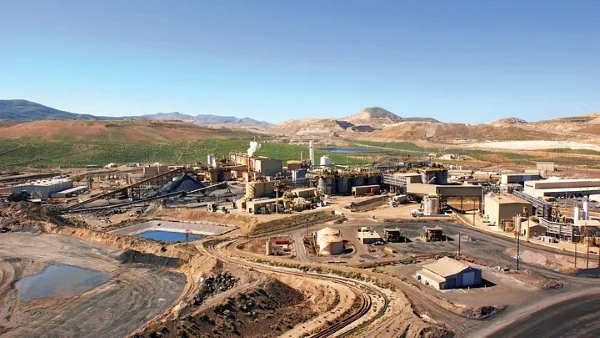

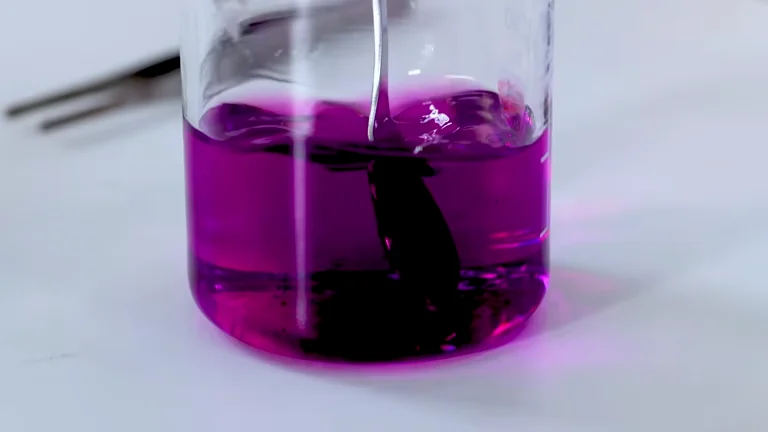





Online message consultation
Add comment: